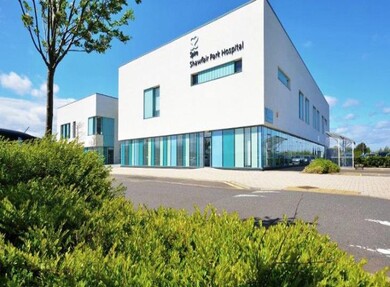|
A facelift (rhytidectomy) is cosmetic surgery to lift up and pull back the skin to make the face tighter and smoother.
The procedure is designed to reduce flabby or sagging skin around the lower half of the face (mainly the jowls) and neck.
You should also take into account the cost of any consultations or follow-up care that may be needed. Where do I go? If you're looking in England, check the Care Quality Commission (CQC) website for treatment centres that can perform facelifts. All independent clinics and hospitals that provide cosmetic surgery in England must be registered with the CQC. The CQC publishes inspection reports and performance ratings to help people choose care. Also, research the surgeon who is going to carry out the facelift. All doctors must, as a minimum, be registered with the General Medical Council (GMC). Check the register to see the doctor's fitness to practise history. You may also want to find out:
Read more about choosing who will do your cosmetic procedure What does it involve? A facelift is usually carried out under general anaesthetic. It may sometimes be performed using a local anaesthetic and sedation. There are many different kinds of facelift, but generally the surgeon will:
Pain relief is provided if you experience any discomfort afterwards. Recovery It takes about 2 to 4 weeks to fully recover from a facelift. You need to take this time off work. Bruising is visible for at least 2 weeks. It could take up to 6 to 9 months to see the full effect of the facelift. You will not be able to drive for a number of days after the operation – your surgeon would advise about this. You will have to avoid showering and getting the bandages wet for the first 2 days, and avoid strenuous activity, saunas and massages for at least 2 weeks. You also need to keep your head propped up with pillows for a couple of days while resting to reduce the swelling. After about a week: Stitches are removed (unless you had dissolvable stitches). After several weeks: Bruises, scars and redness should have faded. After 6 to 9 months: The full effect of the facelift should be seen. Side effects to expect After a facelift, it's common to have:
What could go wrong A facelift can occasionally result in problems, including:
Any type of operation also carries a small risk of:
The surgeon should explain how likely these risks and complications are, and how they would be treated if they occurred. Occasionally, patients find the desired effect was not achieved and feel they need another operation. You should check how this would be funded with your surgeon. What to do if you have problems Cosmetic surgery can sometimes go wrong and the results may not be what you expected. You should contact the clinic where the operation was carried out as soon as possible if you have severe pain or any unexpected symptoms. If you are not happy with the results of your facelift, or you think the procedure was not carried out properly, you should take up the matter with your surgeon through the hospital or clinic where you were treated. If you have concerns about your care, you should contact the CQC. If necessary, you can make a complaint about a doctor to the General Medical Council (GMC). For more information, read the Royal College of Surgeons' advice on What if things go wrong? More information British Association of Plastic, Reconstructive and Aesthetic Surgeons (BAPRAS): face and brow lift Royal College of Surgeons: cosmetic surgery FAQs  BestCareCompare | ||||||
| Find Cosmetic Care near you.. Find local Cosmetic Care and filter for personalised care. Check CQC ratings and review scores to help make the best choice for you... |
| Find Great Cosmetic Care... |
|
|
Face lift near Boglestone Renfrewshire (See Full List) | ||||||||||||||||||||||||||||
| ||||||||||||||||||||||||||||

